High-precision positioning devices: Expanding manufacturing potential from a management perspective
The future is limitless! My career
Motohiro Takayasu, Representative Director of Lefixea Inc. / Specially Appointed Assistant Professor at Institute of Science Tokyo (at the time)
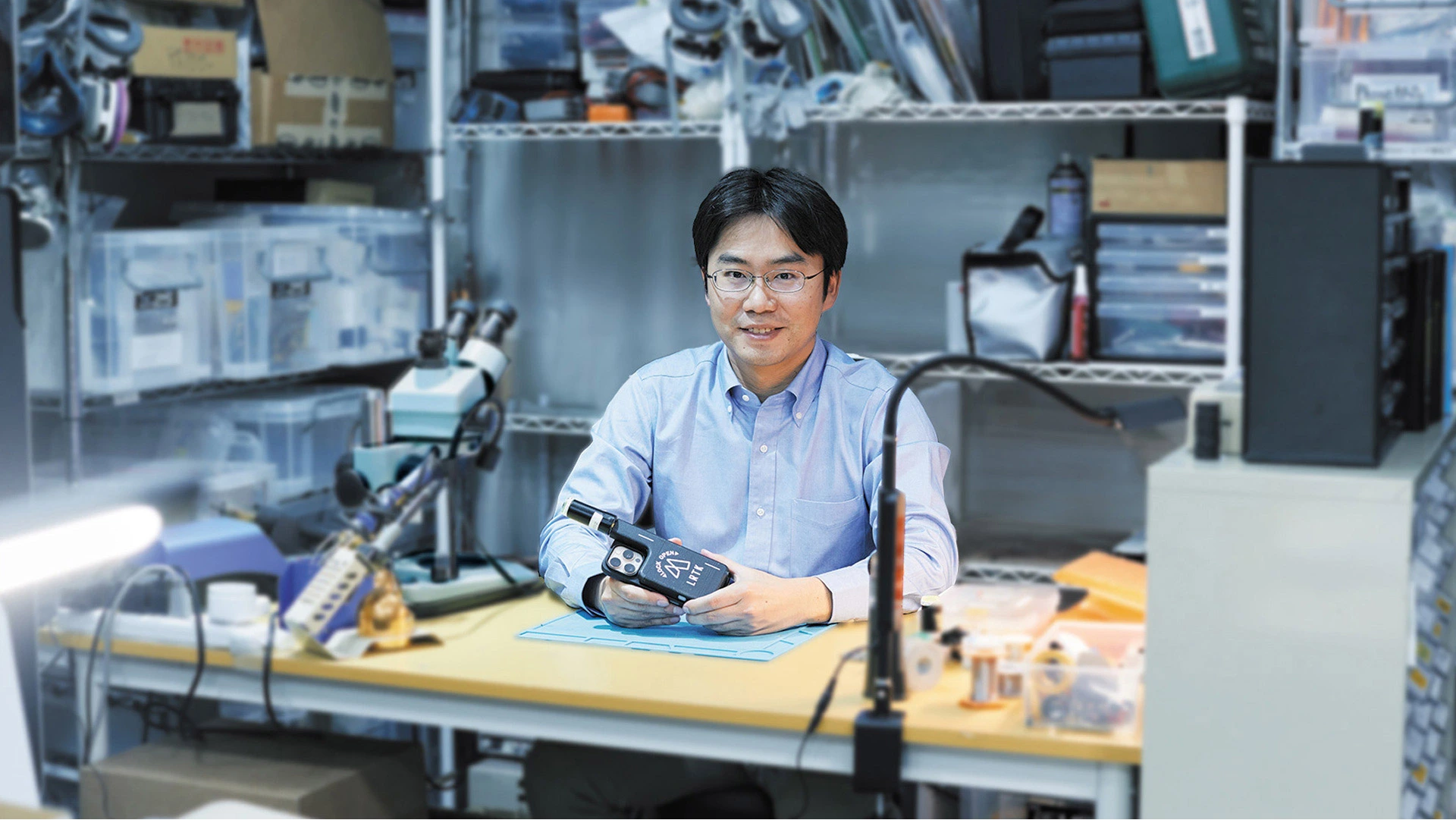
Positioning technology is essential for civil engineering and disaster sites, as well as in the infrastructure sector. After completing his doctoral course, Motohiro Takayasu started his own business. He focused on the importance of location information and launched a GPS business. He established a unique service model that provides everything from hardware devices that can easily measure highly accurate location information to software that manages the information. He is expanding the possibilities of company management and research with his flexible vantage point. He spoke about what first drew him to electronics, how he came to start his own company, and his outlook for the future.
Journey to Tokyo Tech with passion for manufacturing and pursuit of electronics
What first awakened my interest in electrical circuits was an electronics kit given to me by my grandfather when I was a child. When I was in elementary school, I belonged to the science experiments club and spent every day with a soldering iron in hand, working on electronics projects. I then graduated from the Department of Electrical and Electronic Systems Engineering at the National Institute of Technology, Ibaraki College, before enrolling in the Interdisciplinary Graduate School of Science and Engineering at Tokyo Institute of Technology (Tokyo Tech). I chose Tokyo Tech because I wanted to join the laboratory of Professor Kazuya Masu (former president of Tokyo Tech). Wanting to design integrated circuits and sensor elements for use in devices such as mobile phones, I searched for one of the few laboratories nationwide that specialized in integrated circuits. I was drawn to the Masu Laboratory and decided to enroll there.
In the laboratory, I was conducting research on MEMS accelerometers. A MEMS accelerometer is a sensor that measures vibration. To detect even smaller vibrations, it is necessary to reduce noise as much as possible, and the level of noise that can be removed is usually proportional to the size of the sensor. Under these conditions, my research topic was how to create a smaller, lower-noise, higher-resolution sensor. Specifically, I investigated ways to increase density and reduce size of MEMS devices by changing the material from silicon to gold plating, which tends to make devices more stable as their weight increases, and to create integrated circuits that are more resistant to noise.
Paving the way for entrepreneurship in master’s program maximizing learning opportunities
I started thinking about starting my own business when I was doing my master's program. It all started with a student start-up that I was involved in at the time. The robot we made there was featured in the media and we had the opportunity to sell it to a royal family overseas, which was a valuable experience. After that, I started to think that if I started my own company, I could do interesting things that I wouldn't normally be able to do.
During my master's program, I was also enrolled in the integrated master's and doctoral degree program at the Academy for Global Leadership (AGL) in parallel with my studies in the Masu Laboratory. Through this program, which allowed me to learn from an international and practical perspective not just in my field of expertise, I realized that in order to start a company, I needed to study English and business management in addition to the technical skills I learned in the lab. Therefore, before advancing to the doctoral program, I decided to spend a year abroad for an internship. Using the Institute's study abroad program during my master's program, I had previously visited the EU Parliament in Belgium. This time, I arranged an appointment there on my own. During that year, I spent six months working in the European Parliament to improve my English, and the other six months learning about management at a business strategy consulting firm.
What impressed me most during my time in the research lab, AGL, and as an intern during my master's program was the commitment to precise numerical reasoning without tolerating ambiguity, the emphasis on logical thinking, and the rigorous attitude toward work. I faced a different level of rigor than when I was studying at KOSEN, and although I faced some hardships, it was a very important period in building my current career.
Aiming for better manufacturing — the path to an in-house model
After completing my doctoral program, I had intended to start up my own company immediately, but at the request of my mentor, I worked as an assistant professor in the Electrical and Electronic Engineering Course at the National Institute of Technology, Ibaraki College for a year. I then started a business accepting software development contracts, and developed a GPS positioning business using the solar 3D design business as a springboard. Currently, our main business is positioning, centered on LRTK, a high-precision GPS positioning device that can be attached to a smartphone for easy use.
What sets Lefixea apart is that it not only develops and implements hardware devices capable of measuring latitude, longitude, and altitude with a positioning accuracy of 1cm, but also develops applications to verify this location information and provides cloud services, all of which are done in-house. In particular, because we perform the entire process of designing, developing, and manufacturing hardware devices, from GPS antennas to control boards and casing, within our own office, we are able to develop devices that flexibly respond to evolving trends and onsite needs.
These services are especially useful in civil engineering projects. For example, they were used for surveying during house construction, and were also recently used to record infrastructure and facilities damaged in the Noto Peninsula earthquake. Not only can they be used for high-precision surveying, but they also have the advantage of being able to store location information in the software, making them widely used for maintenance and inspection work on infrastructure facilities.
Broadened perspective gained at Tokyo Tech to explore the possibility of balancing management and research
Currently, in addition to running my company, I am also working as a specially appointed assistant professor at Institute of Science Tokyo, where I am engaged in research into high-frequency wireless technology known as Beyond 5G. This research aims to increase the amount of signals that can be transmitted per second by utilizing frequencies even higher than 5G, thereby increasing communication capacity. For example, we aim to achieve high-volume wireless communication between servers. The challenge is that as the frequency increases, the direction the wave can travel becomes more limited, and it is more readily absorbed by obstructions. To mitigate this, we are researching antenna covers and high-frequency line components with excellent transparency.
Balancing management and research is of course difficult, but the skills and knowledge from one area can be transferred to the other, and it's also interesting to interact with researchers from various fields that I would never have encountered if I had only done one or the other. The project I am currently working on at Lefixea is not directly related to the research I conducted at Tokyo Tech. However, the reason why the company was able to enter the high-risk hardware industry despite being a venture company was because of its background knowledge in electrical systems and integrated circuits.
At Tokyo Tech, you have the opportunity to take advantage of the name recognition and cutting-edge technology that your predecessors have built, as well as a variety of educational programs. After starting my own business, I realized that part of Tokyo Tech's appeal was the good environment and the wealth of opportunities for experiences. In October 2024, Tokyo Tech was reborn as the Institute of Science Tokyo. With its newfound connections to the medical field, I hope it will lead to expanded learning and research opportunities, such as developing established basic research in science and engineering into practical applications in the medical field.
Next step!
Aiming for sustainable management with "location" as the key concept
Lefixea Inc. developed a unique hardware device that measures location information by equipping it with an in-house developed antenna, creating a one-of-its-kind product. Through our advanced technical capabilities, we have established a stable revenue model and a system that allows us to dedicate more resources to hardware development. Based on our superior service model that integrates hardware and software, we are considering improvements to our LRTK devices to make them easier to use and more stable. We are also exploring the development of new hardware, such as devices capable of surveying wide areas instantaneously and autonomous robots that can conduct surveys without human intervention. Moving forward, we plan to continue expanding our business, with a focus on the location-related information we have been dealing with thus far, aiming to create even better products.
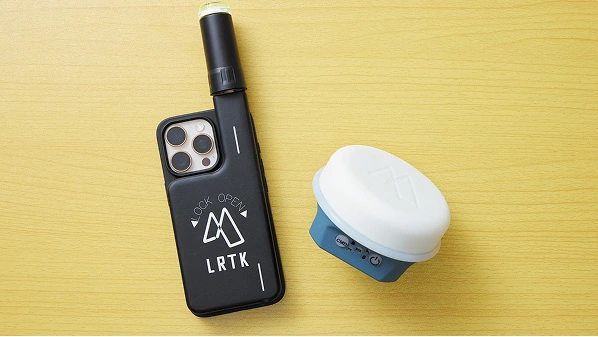
Profile
Motohiro Takayasu
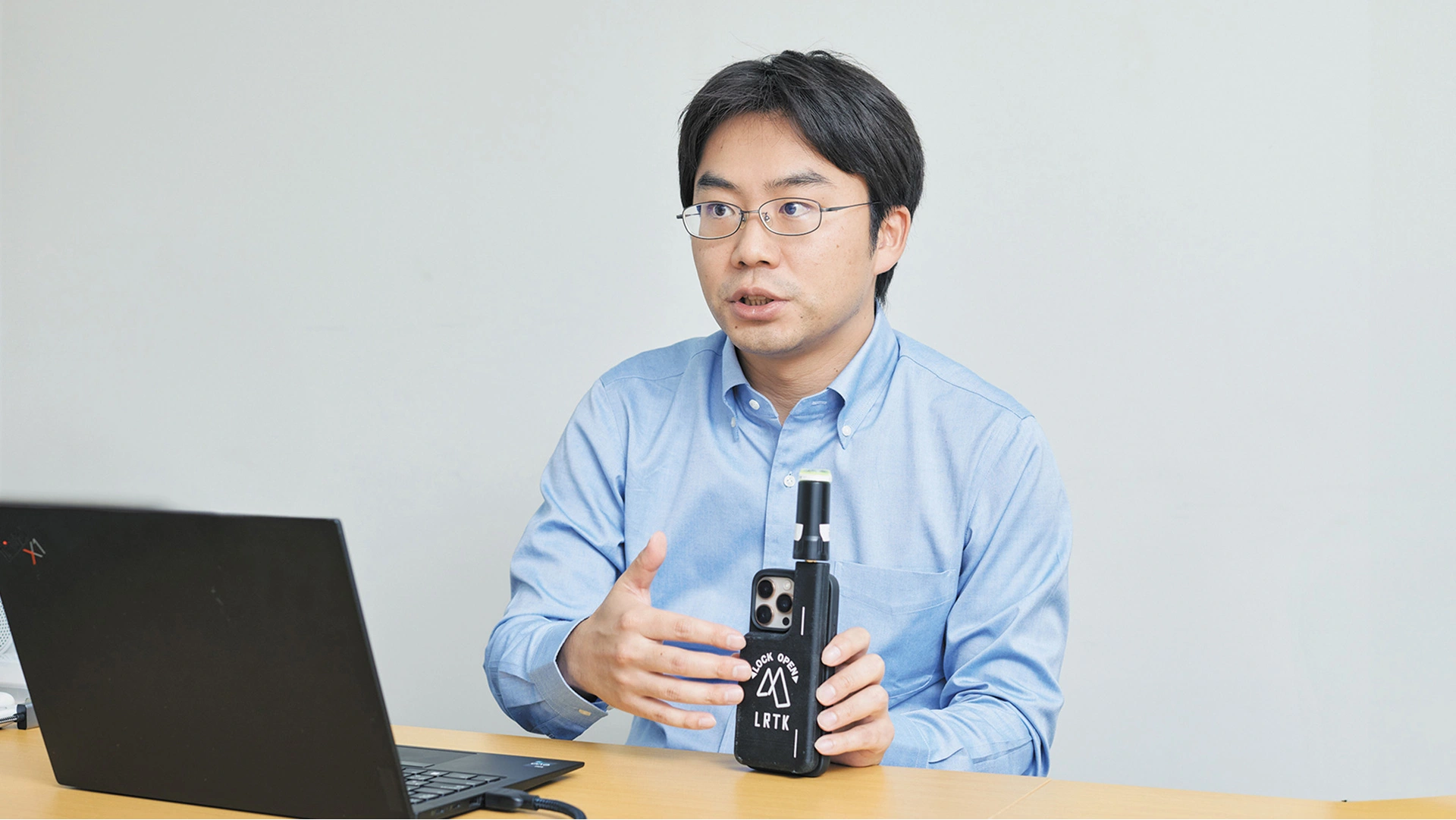
After completing his doctoral studies at the Department of Electronics and Applied Physics, Interdisciplinary Graduate School of Science and Engineering, Tokyo Institute of Technology in 2018, he worked as an assistant professor at his alma mater, the National Institute of Technology (KOSEN), Ibaraki College. He then founded Lefixea Inc. in 2019 and developed LRTK, a high-precision location information device that can be attached to a smartphone. In 2023, the company was recognized as a Tokyo Tech venture. In the same year, he became a specially appointed assistant professor at Tokyo Institute of Technology.
- 2010
- Graduated from the Department of Electrical and Electronic Systems Engineering at the National Institute of Technology (KOSEN), Ibaraki College.
- 2012
- Enrolled in master's program in the Department of Electronics and Applied Physics, Interdisciplinary Graduate School of Science and Engineering, Tokyo Institute of Technology. While devoting himself to research on MEMS accelerometers in the Masu Laboratory, he was also among the second batch of students in the integral master's and doctoral degree program at the Academy for Global Leadership (AGL).
- 2014
- After completing his master's degree in 2014, he moved independently to Belgium. Interned at the European Parliament and a business strategy consulting firm.
- 2015
- Started research on high-resolution MEMS accelerometers in the doctoral program at the Department of Electronics and Applied Physics, Interdisciplinary Graduate School of Science and Engineering, Tokyo Institute of Technology.
- 2018
- After completing his doctoral studies, he worked as an assistant professor in the Electrical and Electronic Engineering Course at his alma mater, National Institute of Technology (KOSEN), Ibaraki College.
- 2019
- Founded Lefixea Inc. He is currently working as a special assistant professor at the National Institute of Technology, Ibaraki College.
- 2023
- Became a Specially Appointed Assistant Professor at Tokyo Institute of Technology. While assisting in research into Beyond 5G high-frequency wireless, he also manages Lefixea as its representative director.
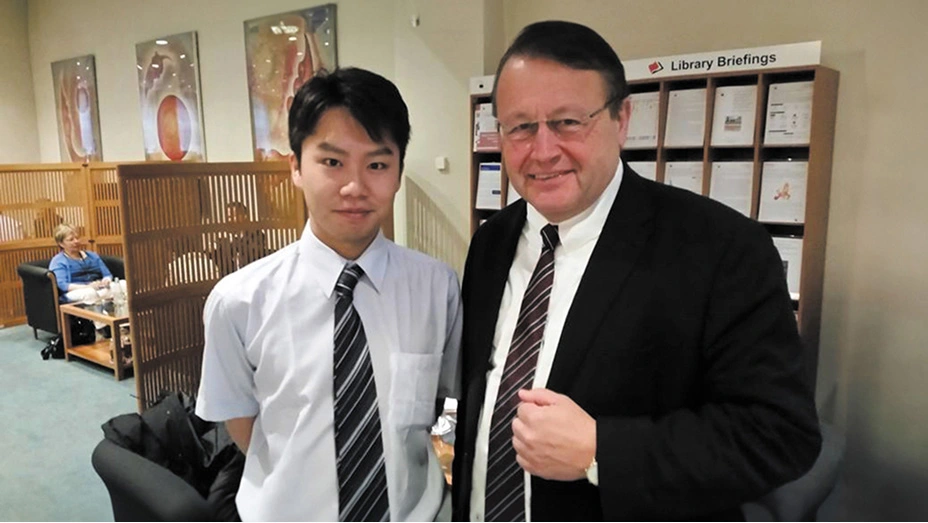
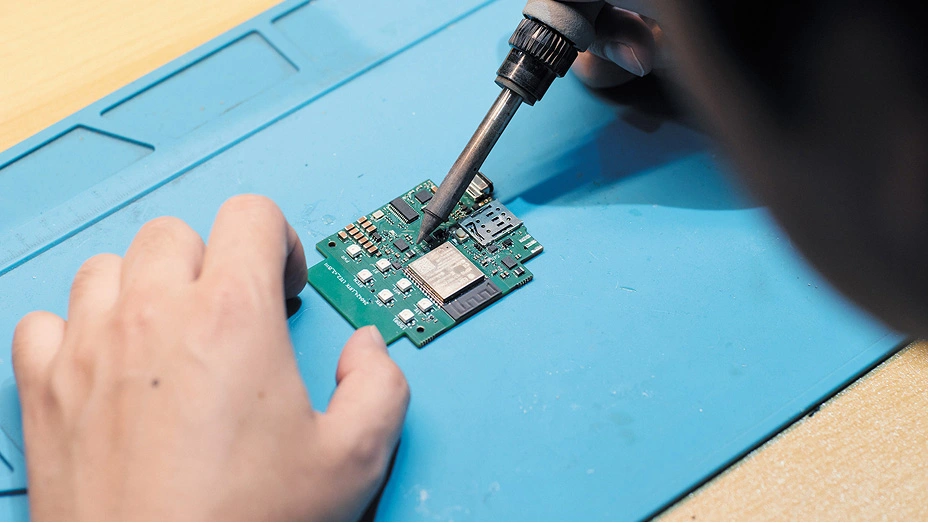
Related articles
Interview held on November 15, 2024